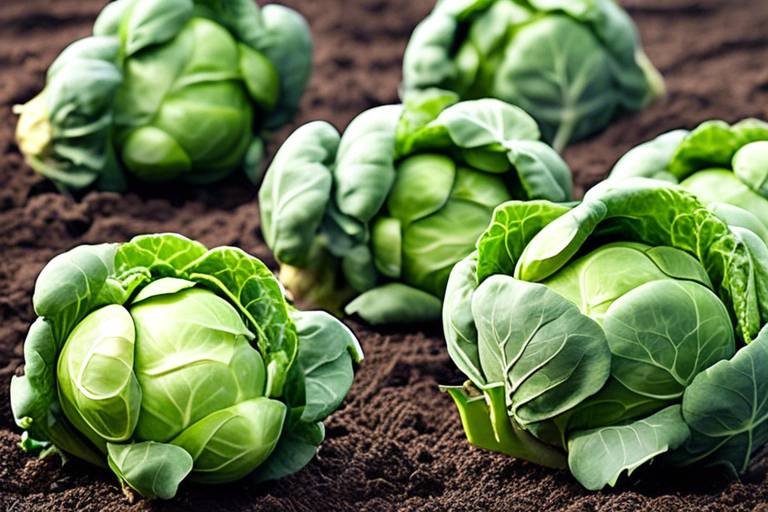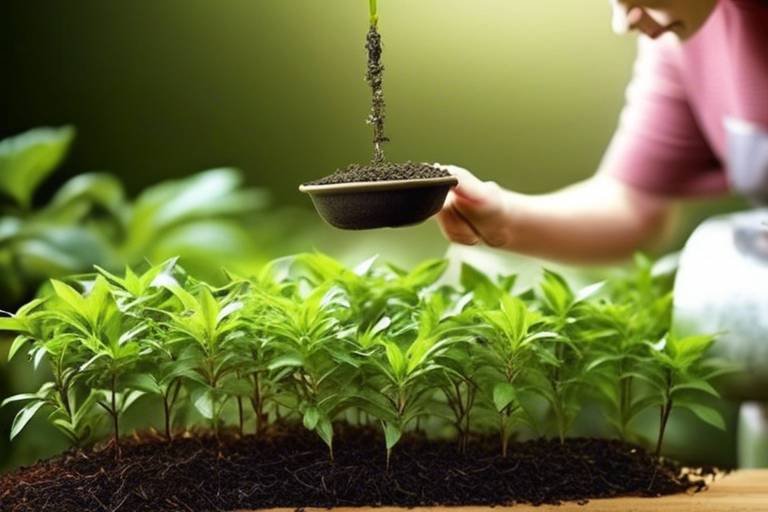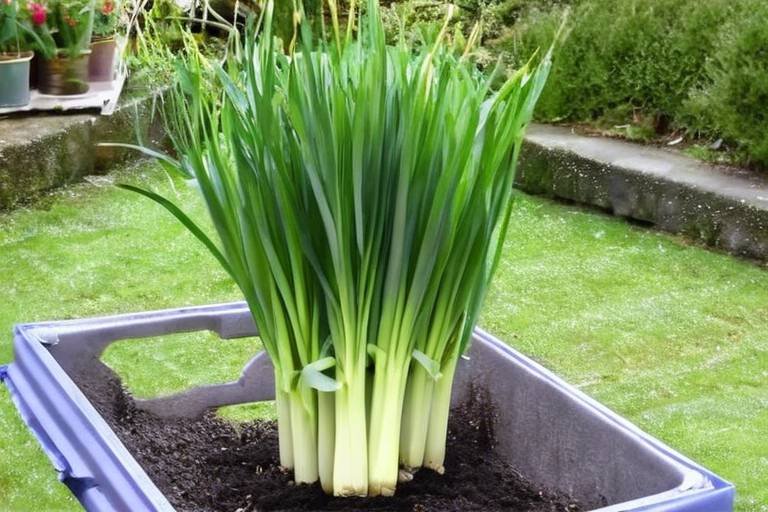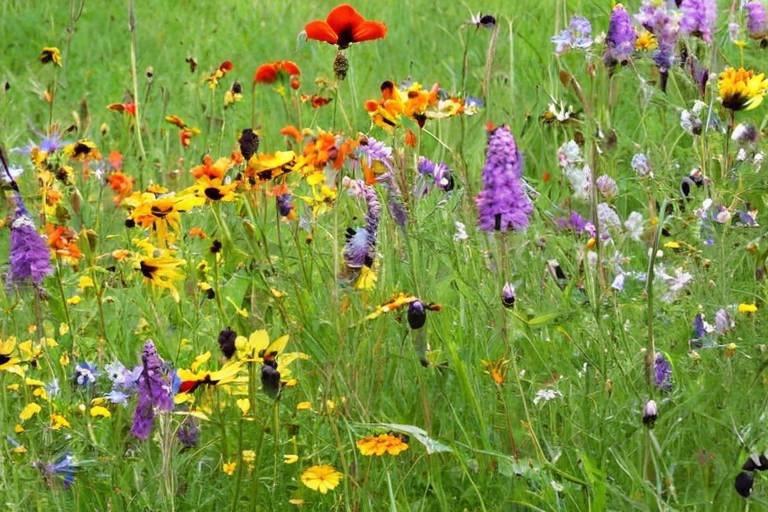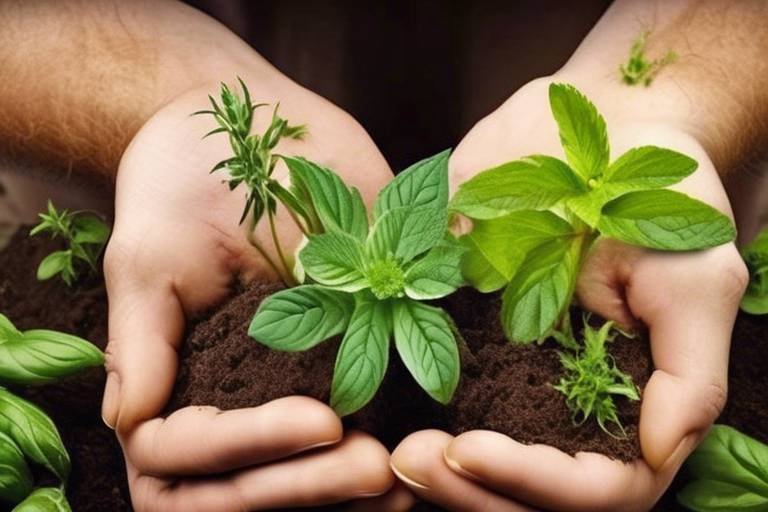How to Grow Vegetables in Limited Space
Are you eager to cultivate a flourishing vegetable garden but limited by space constraints? Fret not, as there are innovative methods and tips that can help you maximize your harvest even in small areas. From vertical gardening to container gardening and space-saving techniques, there are various strategies you can employ to grow a bountiful vegetable garden in limited space.
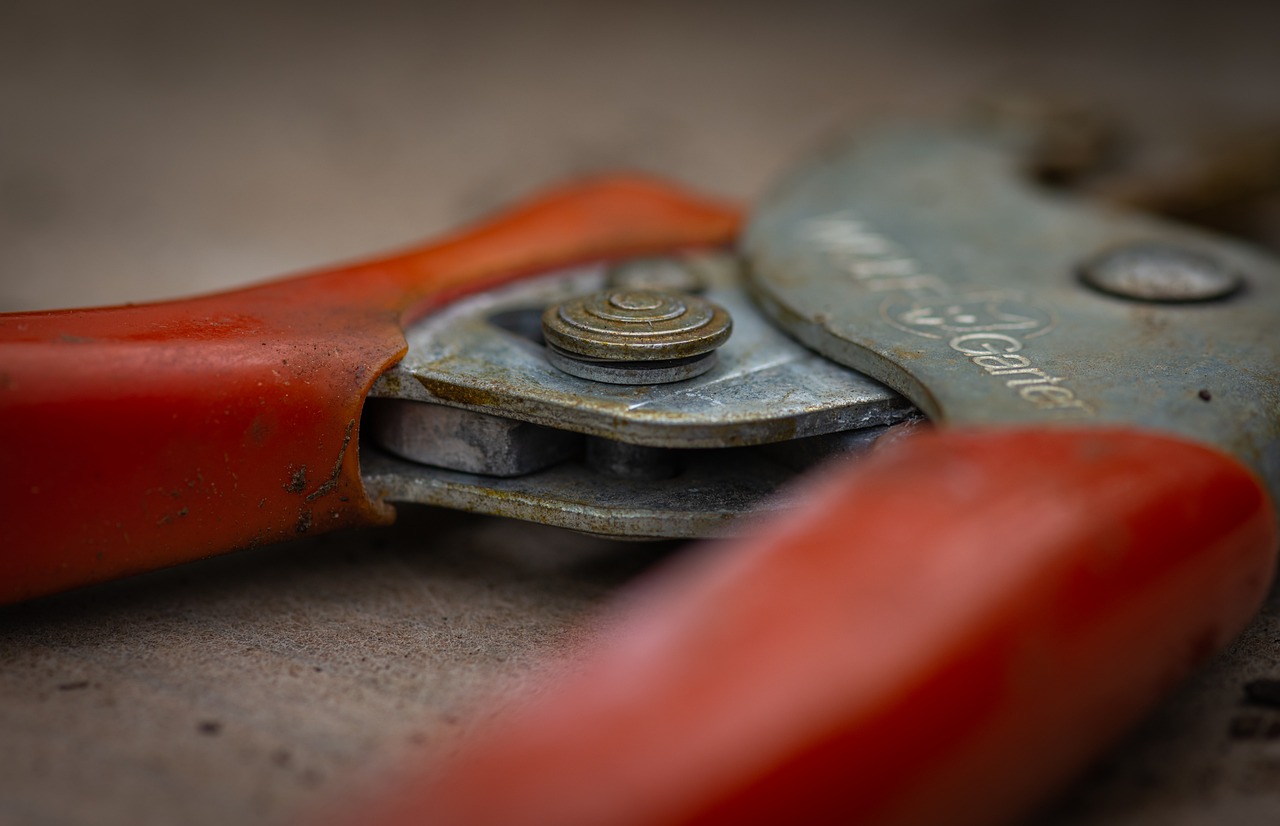
Vertical Gardening Techniques
Vertical gardening is a revolutionary approach that allows you to cultivate a diverse range of vegetables in limited space by utilizing vertical surfaces such as walls, trellises, and hanging planters. This innovative technique not only maximizes your growing area but also adds a visually appealing element to your garden. By going vertical, you can transform even the smallest of spaces into a thriving vegetable garden.
One of the key benefits of vertical gardening is its space-saving nature. Instead of spreading out horizontally, you can grow upwards, making efficient use of available space. This is particularly advantageous for urban gardeners or those with small yards or balconies. Vertical gardens also offer better sunlight exposure for plants, as they can be strategically positioned to receive optimal light throughout the day.
When setting up a vertical garden, consider the types of vegetables you want to grow and their specific requirements. Some plants, like tomatoes and cucumbers, thrive in vertical environments, while others may need additional support as they grow. Trellises and stakes can provide stability for climbing plants, while hanging planters are ideal for trailing varieties like strawberries or herbs.
To ensure the success of your vertical garden, proper irrigation is crucial. Drip irrigation systems or self-watering containers can help deliver water directly to the roots of your plants, minimizing waste and promoting healthy growth. Additionally, regular maintenance such as pruning, fertilizing, and monitoring for pests is essential to keep your vertical garden flourishing.
Vertical gardening is not only a practical solution for limited space but also a creative way to add greenery to urban environments. Whether you're a beginner gardener looking to maximize your harvest or a seasoned enthusiast seeking new challenges, vertical gardening techniques offer endless possibilities for cultivating a thriving vegetable garden in constrained areas.

Container Gardening Tips
Container gardening is a versatile and space-efficient way to grow vegetables in limited areas. By utilizing containers such as pots, buckets, and raised beds, you can create a thriving vegetable garden even if you have minimal outdoor space. When engaging in container gardening, it is essential to choose the right vegetables that are well-suited for container growth. Vegetables like tomatoes, peppers, lettuce, and herbs are popular choices for container gardening due to their adaptability to confined spaces.
One of the key factors in successful container gardening is selecting the appropriate soil mix. A lightweight, well-draining potting mix is crucial for ensuring proper root aeration and moisture retention. Additionally, regular watering is essential for container-grown vegetables, as they tend to dry out more quickly than plants in traditional garden beds. Implementing a consistent watering schedule and monitoring soil moisture levels can help prevent issues such as wilting and nutrient deficiencies.
When positioning your containers for optimal growth, consider factors such as sunlight exposure and air circulation. Most vegetables require at least 6-8 hours of sunlight per day, so be sure to place your containers in a location that receives adequate sunlight. Furthermore, rotating containers periodically can help promote even growth and prevent plants from becoming lopsided due to uneven light exposure.
Container placement is also crucial for maximizing growth potential. Placing taller plants towards the back of your container garden can prevent shading of smaller plants and ensure that all vegetables receive adequate sunlight. Additionally, grouping containers together based on water and sunlight requirements can simplify maintenance tasks and promote overall garden health.
Lastly, regular maintenance tasks such as fertilizing, pruning, and monitoring for pests are essential for the success of your container garden. Using organic fertilizers and regularly inspecting plants for signs of disease or pest infestations can help maintain the health and productivity of your vegetable crops. By following these container gardening tips, you can enjoy a bountiful harvest of fresh vegetables even in limited gardening spaces.
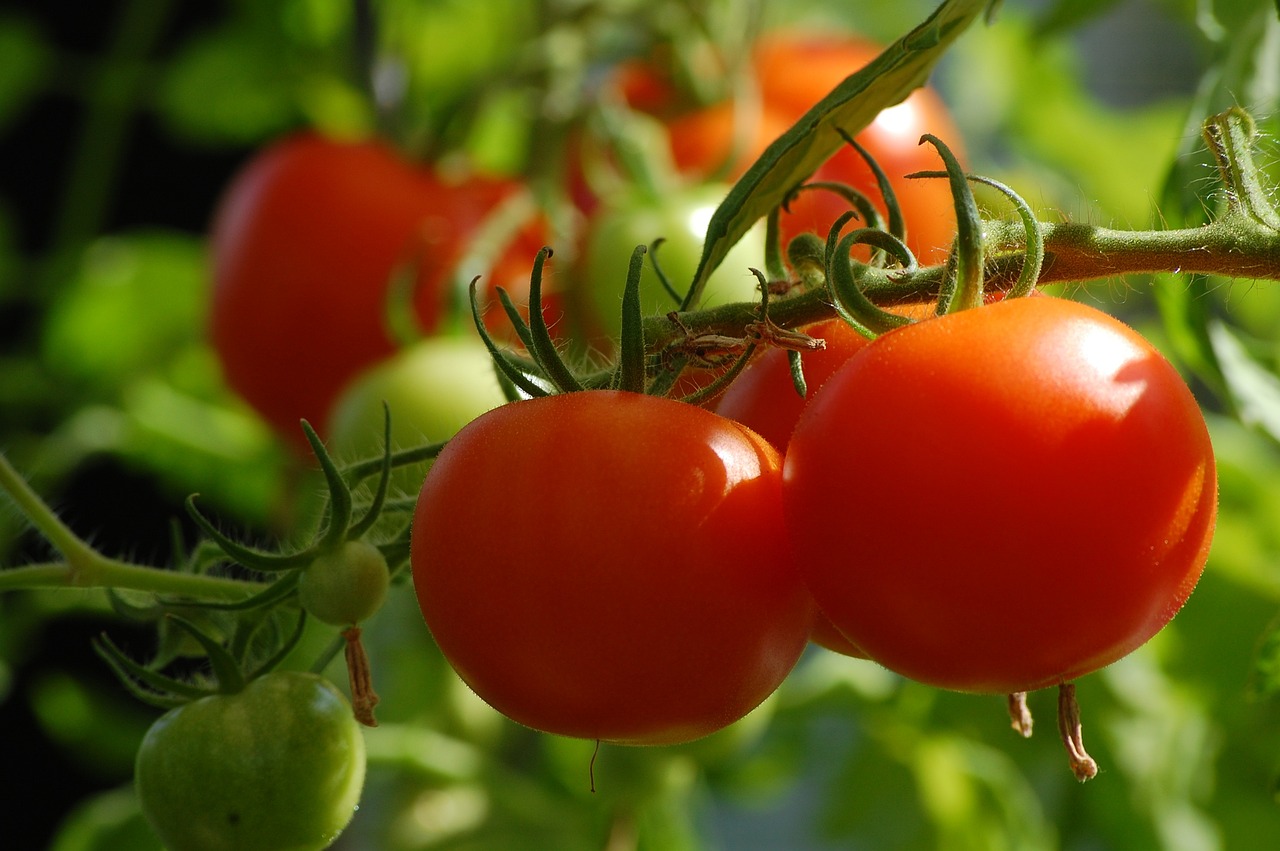
Companion Planting in Small Spaces
Companion planting in small spaces is a clever gardening technique that involves planting different types of plants together to maximize space, deter pests, and enhance overall garden productivity. By understanding which plants work well together, you can create a harmonious ecosystem in your limited gardening area. This method not only saves space but also promotes healthier growth and higher yields for your vegetables.
One popular example of companion planting is the Three Sisters method, where corn, beans, and squash are planted together. Corn provides a support structure for beans to climb, beans fix nitrogen in the soil that benefits corn, and squash acts as a living mulch, suppressing weeds and retaining moisture. This symbiotic relationship among the three plants showcases the benefits of companion planting in a small space.
When planning your companion planting scheme, consider the growth habits, nutrient requirements, and pest-repelling properties of different plants. For instance, planting aromatic herbs like basil and mint alongside vegetables can help repel pests naturally. Additionally, pairing plants that have contrasting root depths can prevent competition for nutrients and maximize the use of available space.
Furthermore, companion planting can also enhance the flavor of certain vegetables. For example, growing carrots alongside onions can improve the taste of both crops. Understanding the compatibility and mutual benefits of different plant combinations is key to successful companion planting in small spaces.
To make the most of companion planting in limited areas, create a planting plan that considers the unique characteristics of each plant and how they can support and complement each other. By strategically arranging your vegetable garden based on companion planting principles, you can achieve a thriving and productive garden even in small spaces.
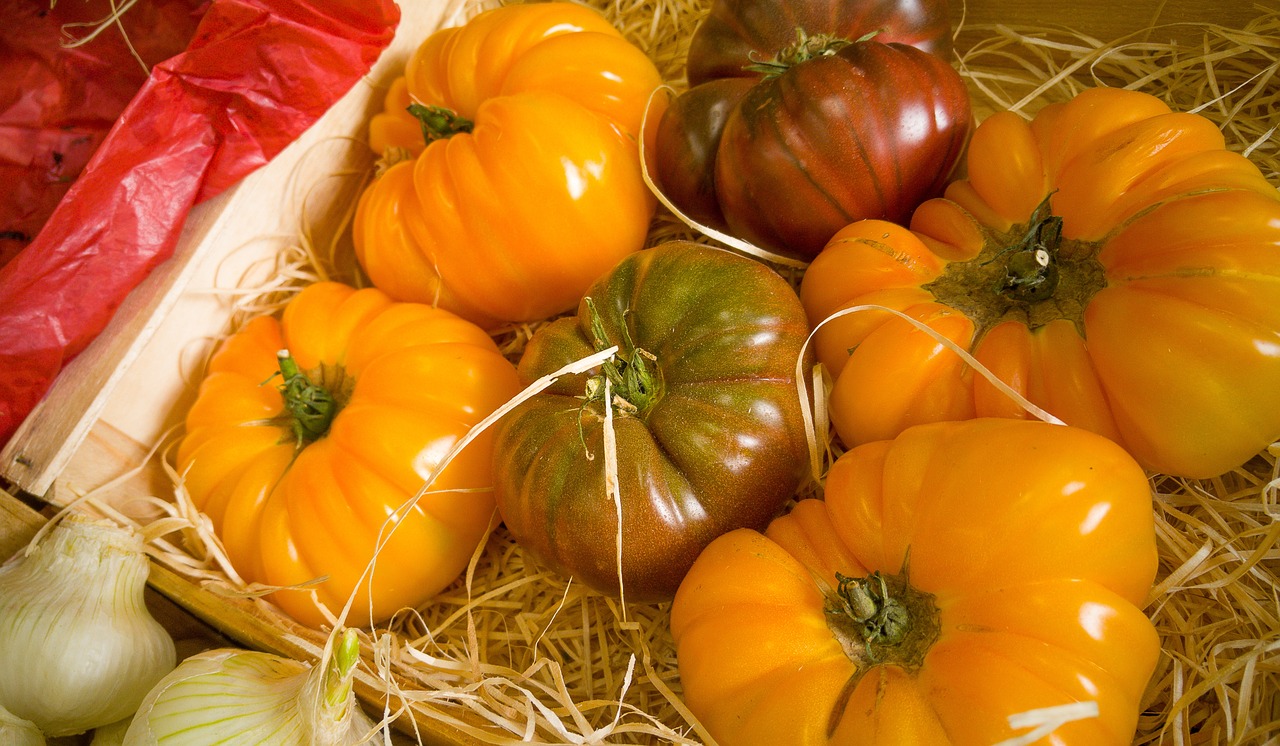
Indoor Vegetable Gardening
Indoor vegetable gardening opens up a world of possibilities for cultivating fresh produce right in the comfort of your home. Whether you have limited outdoor space or simply want to enjoy gardening year-round, growing vegetables indoors can be a rewarding experience. From herbs to microgreens and even dwarf varieties of vegetables, indoor gardening allows you to tend to your plants regardless of the weather outside.
When setting up an indoor vegetable garden, it's essential to consider the specific requirements of each plant. Adequate lighting is crucial for photosynthesis, so placing your plants near a sunny window or using grow lights can help ensure they receive the necessary light energy. Additionally, maintaining proper humidity levels and ventilation will create a healthy environment for your indoor garden to thrive.
Choosing the right containers is also important for indoor vegetable gardening. Opt for containers with drainage holes to prevent waterlogging and use a well-draining potting mix to promote healthy root growth. Consider the size of the containers based on the mature size of the plants and ensure they have enough space to spread out their roots.
One popular method for indoor vegetable gardening is hydroponics, which involves growing plants in a nutrient-rich water solution without soil. This innovative technique allows for efficient nutrient uptake and can result in faster plant growth compared to traditional soil-based gardening. Setting up a simple hydroponic system at home can be a fun and educational project for both beginners and experienced gardeners.
Remember to regularly monitor your indoor vegetable garden for signs of pests or diseases. Since indoor environments can sometimes create ideal conditions for pests to thrive, practicing good plant hygiene and promptly addressing any issues can help keep your plants healthy. By staying attentive to your plants' needs and providing them with the right care, you can enjoy a flourishing indoor vegetable garden throughout the year.
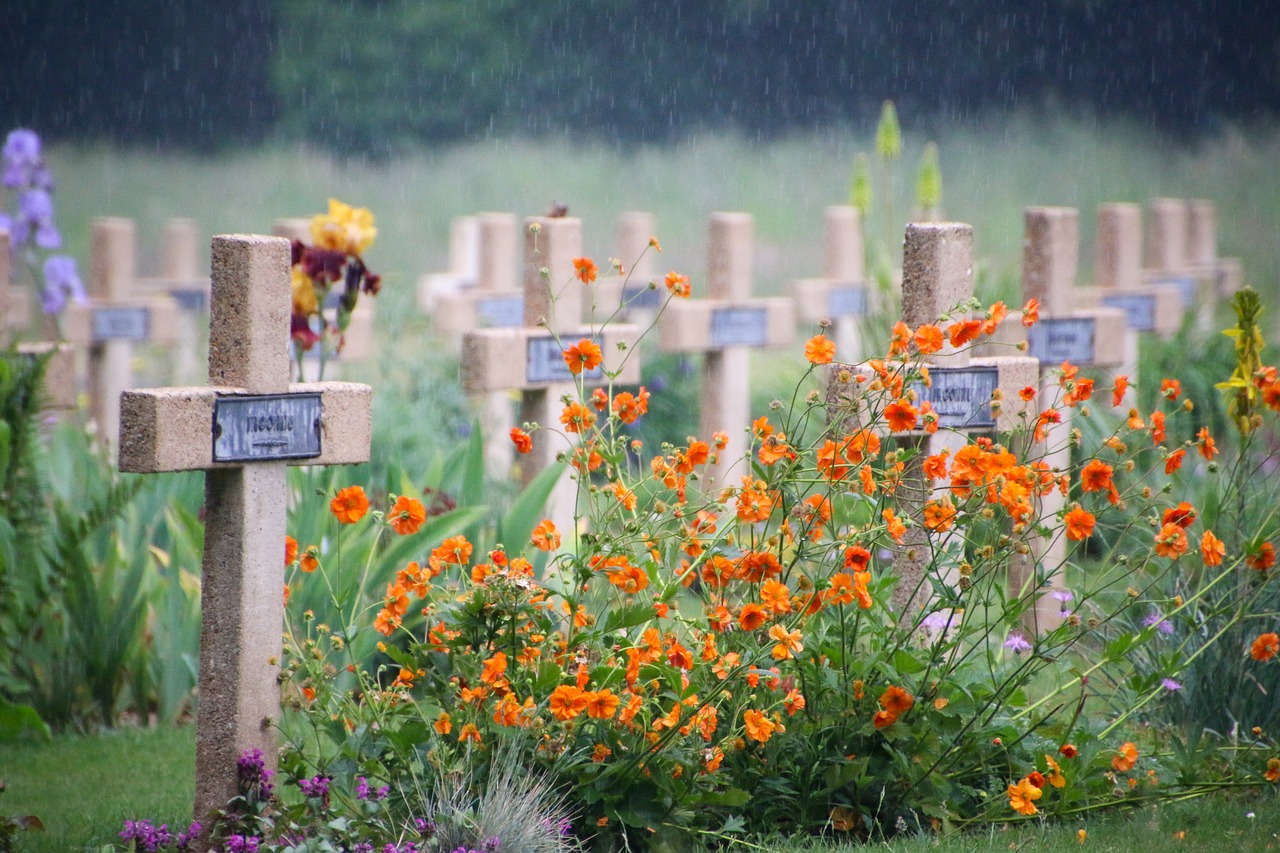
Utilizing Balconies and Small Patios
Utilizing balconies and small patios can be a game-changer when it comes to growing your own vegetables in limited space. These areas, often overlooked, hold immense potential for creating productive and beautiful vegetable gardens. By employing creative solutions and strategic planning, you can transform even the tiniest balcony or patio into a thriving green oasis.
One effective strategy for maximizing space on balconies and small patios is to utilize vertical gardening techniques. By installing wall-mounted planters, vertical trellises, or hanging baskets, you can grow a variety of vegetables without taking up valuable floor space. This not only adds a decorative element to your outdoor space but also allows you to grow more plants in a compact area.
Another approach is to carefully select the right containers for your vegetables. Choosing containers that are both functional and visually appealing can enhance the overall look of your balcony or patio garden. Additionally, consider using tiered plant stands or shelving units to create a multi-level garden, maximizing the available space for planting.
When planning your balcony or patio garden, take advantage of every corner and surface. Consider incorporating railing planters, window boxes, or hanging hooks to add more planting space. You can also use compact furniture that doubles as planters, such as a bench with built-in planters or a table with a hidden trough for growing herbs.
Furthermore, don't forget to optimize your balcony or patio for sunlight exposure. Position your planters and containers in areas that receive adequate sunlight throughout the day, ensuring that your vegetables thrive. If sunlight is limited, consider using reflective surfaces or mirrors to redirect light onto your plants.
Lastly, make the most of your small outdoor space by incorporating space-saving techniques such as companion planting. By planting complementary vegetables together, you can maximize yields and deter pests naturally. Additionally, consider incorporating vertical herb gardens or dwarf vegetable varieties to make the most of your limited space.
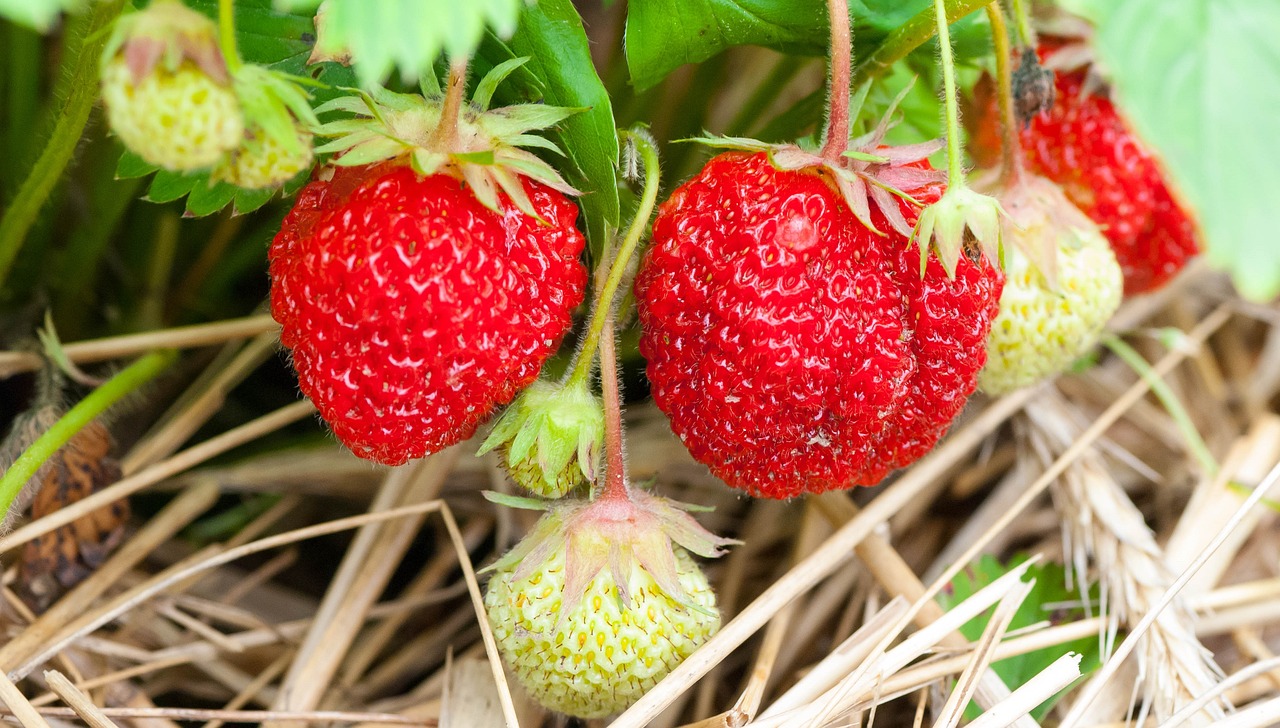
Small-Space Irrigation Systems
Small-space vegetable gardens require efficient irrigation systems to ensure plants receive adequate moisture for optimal growth. One popular option for small areas is drip irrigation, which delivers water directly to the plant roots, minimizing evaporation and water waste. This method is ideal for containers, raised beds, and vertical gardens, allowing precise watering without wetting the foliage excessively.
Another effective small-space irrigation system is using soaker hoses, which release water along their length, providing a slow, steady flow to the soil. Soaker hoses are versatile and can be easily customized to fit various garden layouts, making them a practical choice for limited space gardening. They help conserve water by reducing runoff and evaporation, promoting deep root growth for healthier plants.
Self-watering containers are also a convenient solution for small vegetable gardens, especially for busy gardeners or those with limited time for daily watering. These containers feature a reservoir at the bottom that allows plants to absorb water as needed through capillary action. Self-watering containers help maintain consistent soil moisture levels, reducing the risk of under or overwatering, which is crucial for plant health and productivity.
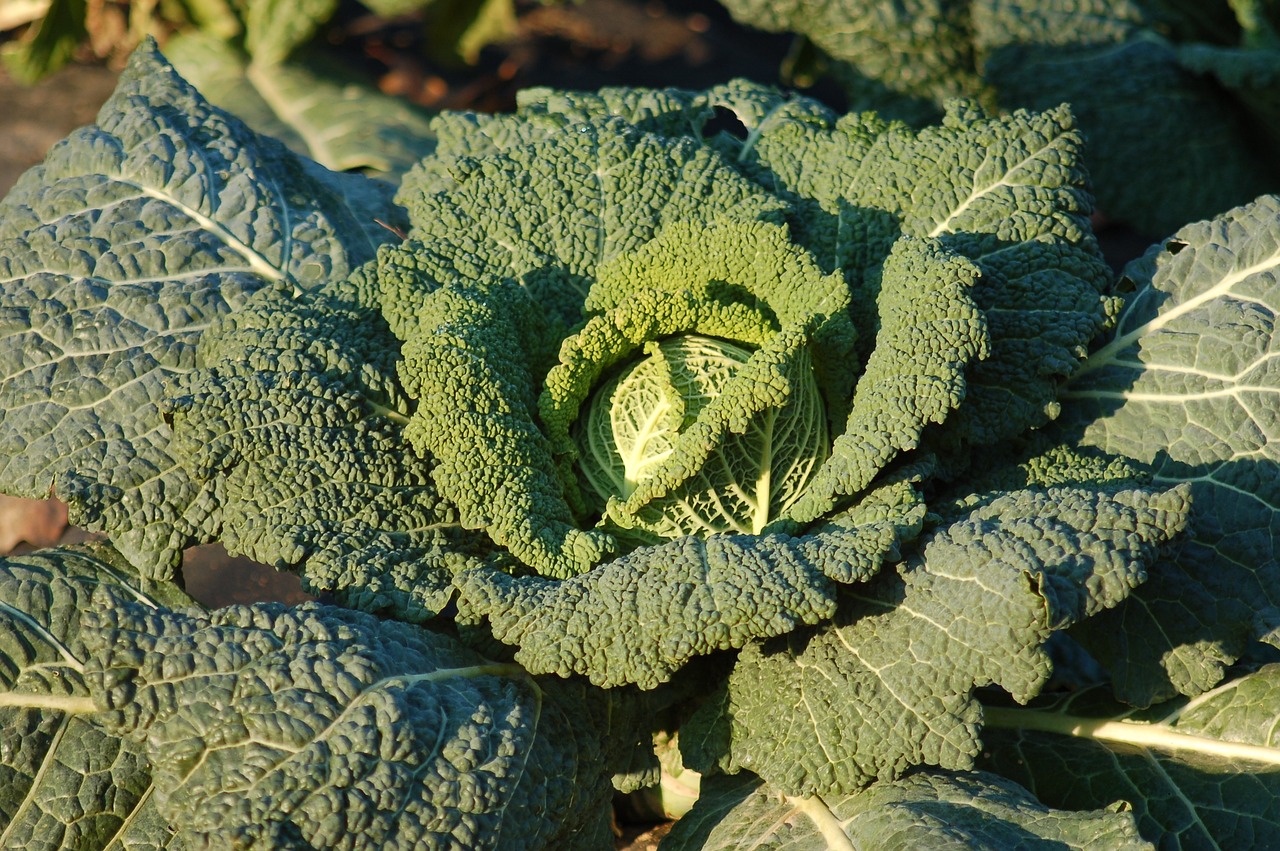
Maximizing Sunlight in Limited Spaces
When it comes to growing vegetables in limited spaces, maximizing sunlight is crucial for the success of your garden. Sunlight is the primary source of energy for plants, driving the process of photosynthesis essential for their growth and development. In small gardening areas, it's important to strategically position your plants to ensure they receive adequate sunlight throughout the day.
One effective strategy for maximizing sunlight in limited spaces is to understand the sun's path and the specific sunlight requirements of different vegetables. By observing how sunlight moves across your garden area, you can identify the sunniest spots and plan your plant placement accordingly. This strategic approach helps you optimize light exposure for your vegetables, promoting healthy growth and abundant harvests.
Additionally, utilizing reflective surfaces can enhance sunlight distribution in your small garden. Placing reflective materials such as mirrors or white surfaces strategically can help redirect and amplify sunlight, ensuring that more plants receive the light they need. This simple yet effective technique can make a significant difference in maximizing sunlight for your vegetable garden.
Furthermore, selecting sun-loving vegetables that thrive in limited sunlight conditions can also contribute to maximizing productivity in small spaces. Vegetables such as tomatoes, peppers, and cucumbers are known for their high sunlight requirements and can benefit from strategic positioning to receive optimal light exposure. By choosing the right plants for your limited space, you can make the most of available sunlight and boost the overall yield of your vegetable garden.
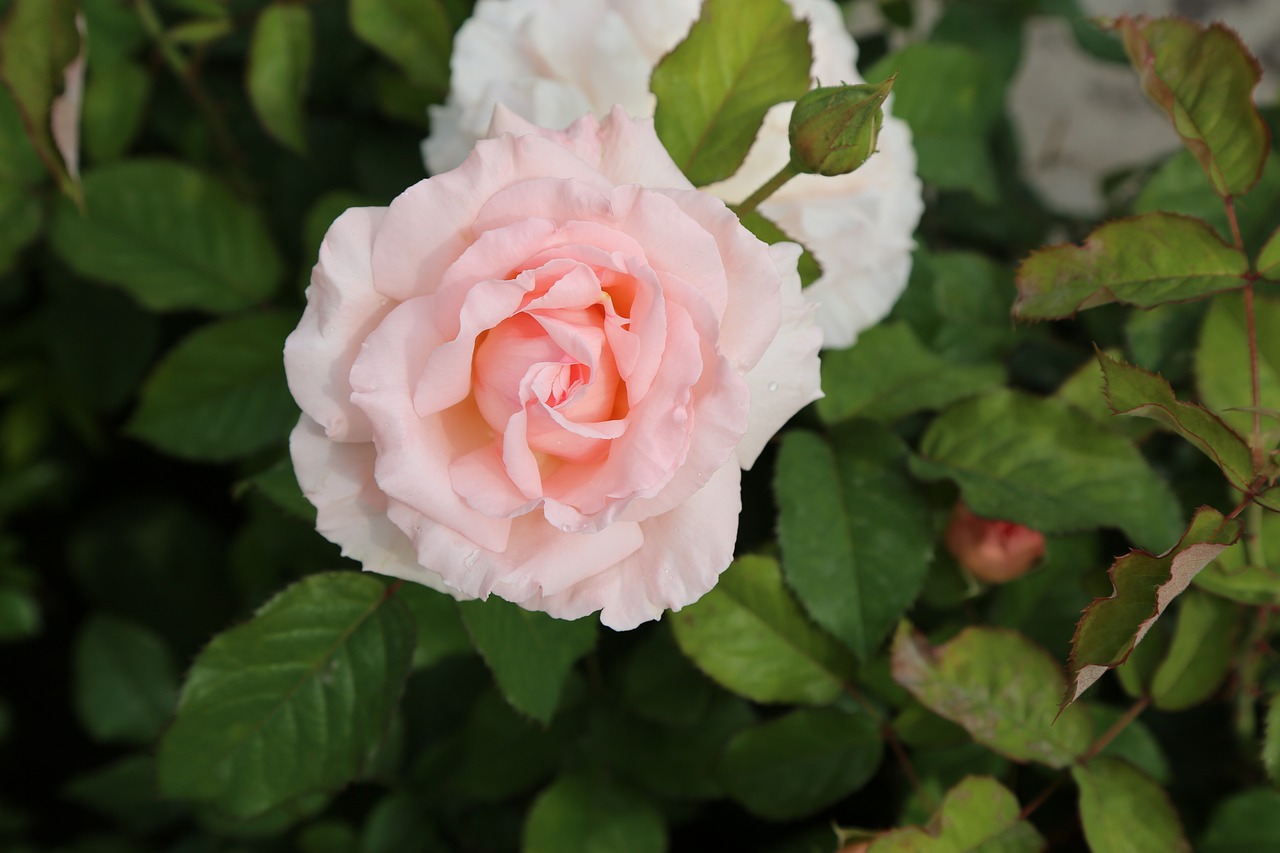
Vertical Herb Gardens
Vertical herb gardens are a fantastic way to grow a variety of herbs in a small space. By utilizing vertical space, you can create a lush and aromatic herb garden even if you have limited room. These gardens are not only practical but also visually appealing, adding a touch of greenery to your living space.
When setting up a vertical herb garden, consider the types of herbs you want to grow and their specific requirements. Some herbs thrive in full sun, while others prefer partial shade. By selecting the right herbs and placing them accordingly, you can ensure they receive the optimal amount of sunlight for healthy growth.
There are various options for vertical herb planters, including wall-mounted planters, hanging pots, and tiered shelves. Choose a design that complements your space and allows easy access to your herbs for watering and harvesting. Additionally, consider the weight-bearing capacity of your chosen structure to support the weight of the soil and plants.
Herbs that are well-suited for vertical growing include mint, basil, thyme, and parsley. These herbs not only thrive in containers but also provide a continuous supply of fresh flavors for your culinary creations. Planting a mix of herbs with different growth habits and heights can create a visually appealing and diverse vertical herb garden.
When caring for your vertical herb garden, ensure proper watering and drainage to prevent waterlogged soil. Consider using a lightweight potting mix that provides good aeration and drainage for healthy root growth. Regularly check the moisture levels of the soil and adjust your watering schedule as needed to keep your herbs thriving.
Vertical herb gardens can also serve as natural air purifiers, releasing aromatic oils that freshen up indoor spaces. With a well-maintained vertical herb garden, you can enjoy the convenience of having fresh herbs at your fingertips while adding a touch of greenery to your home decor.
Frequently Asked Questions
- Can I grow vegetables in a small apartment with limited space?
Absolutely! You can utilize vertical gardening techniques, container gardening, and even indoor gardening to grow a variety of vegetables in small spaces. With the right strategies and plant choices, you can enjoy a bountiful harvest even in a limited area.
- What are the best vegetables for container gardening?
Some of the best vegetables for container gardening include tomatoes, peppers, lettuce, herbs, and radishes. These plants thrive in containers and can be easily grown on balconies, patios, or even window sills, making them ideal for small-space gardening.
- How can I maximize sunlight exposure in a small garden?
To maximize sunlight in limited spaces, you can strategically position your plants to receive adequate light. Additionally, using reflective surfaces, such as mirrors or white walls, can help bounce light onto your plants. Choosing sun-loving vegetables and herbs will also ensure they thrive in limited sunlight conditions.





